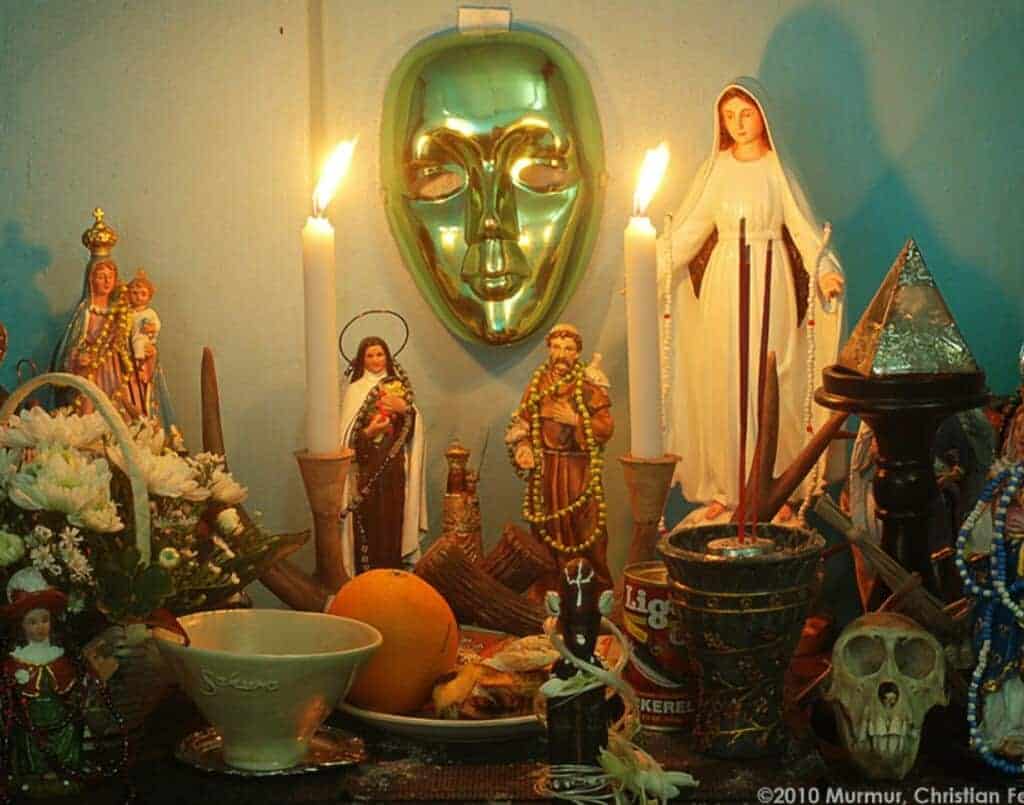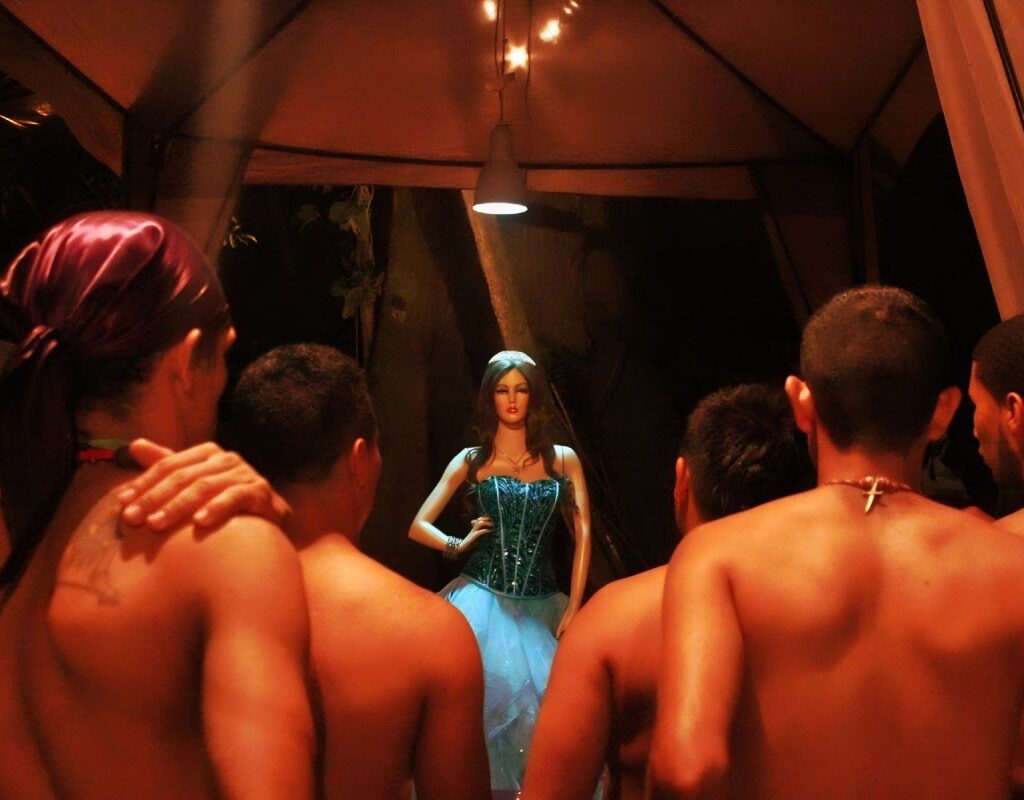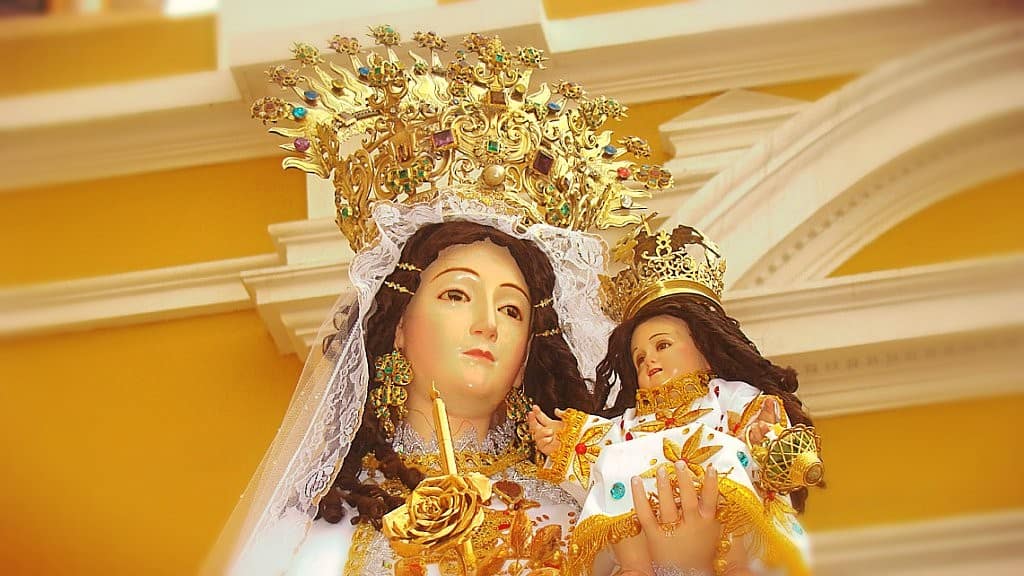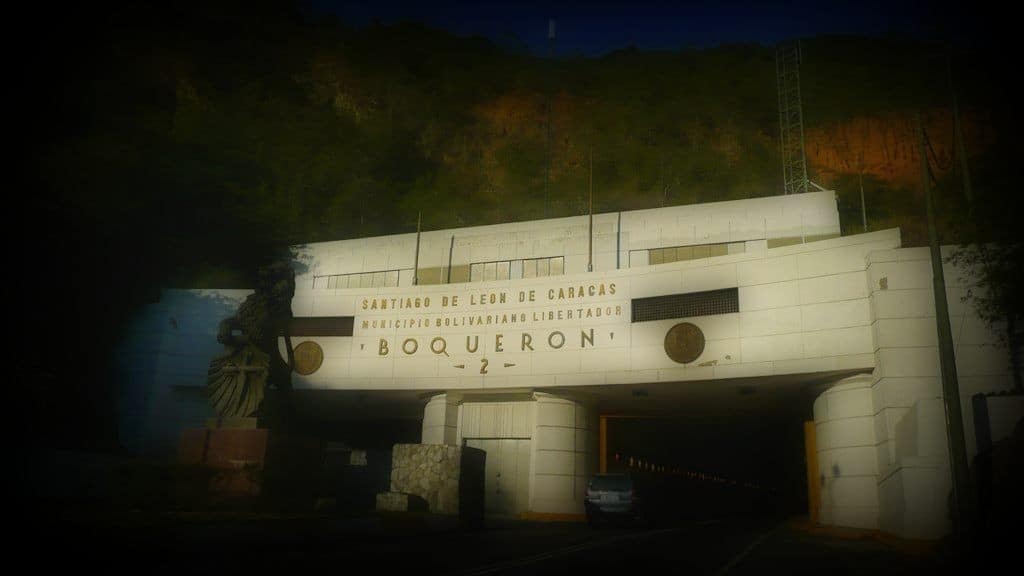In the dense, jungle-covered mountains of Sorte in Venezuela’s Yaracuy state, an atmosphere thick with mysticism and devotion pervades. Here, tobacco smoke curls, drums echo, and candles light up effigies of virgins, Catholic saints, and African figures. This locale has emerged as the epicenter of Spiritist and Santería beliefs, drawing an increasing number of Venezuelans.
The Pilgrimage to Sorte: A Convergence of Santería and Spiritism
Sorte has become a vital pilgrimage site for Spiritists, Santería practitioners, merchants, and those curious about indigenous and Afro-Caribbean cults.
Visitors pay homage to a range of figures, from indigenous chiefs and Catholic saints to liberation heroes. However, the most distinctive worship is dedicated to the goddess María Lionza.
Every October 12th, Venezuela’s Indigenous Resistance Day, thousands honor her image, depicted as a woman riding a tapir, a symbol of natural abundance, seeking well-being and protection.
María Lionza: More Than a Myth in Venezuela
María Lionza’s figure transcends the mythical realm in Venezuela.
A sculpture by Alejandro Colina, created in 1951, graces Caracas’s main highway, underscoring her significance in the city’s cultural heritage.
Carlos Raúl Moreno, an integrative medicine physician and Spiritist, asserts: “María Lionza is more than a myth or legend; she is a living entity, the mother of nature, the goddess of the Mountain.” This enthusiasm reflects a shift in the Venezuelan religious landscape.
For decades, Santería and Spiritism were overshadowed by Catholicism and Evangelism. However, these cults are experiencing a resurgence.
In a society riddled with violence, economic crisis, and uncertainty, many Venezuelans turn to these practices for protection and prosperity. Mercedes Pulido de Briceño, a social psychologist, remarks: “In times of uncertainty, there is a tendency to seek magical thinking as a shield.”
Cultural Syncretism in Venezuela
Religious syncretism is a distinctive trait in Venezuela. According to the book “De que vuelan, vuelan” by anthropologist Michaelle Ascencio, the María Lionza religion involves ecstatic states and possessions where gods inhabit the bodies of believers.
Simultaneously, Cuban Santería, with its African roots, has gained prominence. The seven African orishas (Obatalá, Orula, Shangó, Ogún, Eleguá, Ochún, and Yemayá) have been incorporated into the Venezuelan religious imagination, associated with Catholic figures like the Niño de Atocha and Santa Bárbara, who represent Eleguá and Shangó, respectively.
This religious landscape in Venezuela reflects not only a quest for solace and spiritual guidance in challenging times but also a rich cultural tapestry where diverse beliefs and practices coexist and intertwine.
Expansion of Santería in Venezuela and the Caribbean
The Cuban presence since the 1960s has been pivotal in the spread of Santería in Venezuela and the Caribbean.
Mercedes Pulido de Briceño attributes this influence to the formation of ties with religions that demand loyalty and commitment towards spiritual mentors or godparents. Furthermore, she underscores how these cults have thrived partly due to magical elements present in official discourse.
Anthropologist Michaelle Ascencio notes that the dissemination of Santería, originating from colonial-era Cuba, accelerated with the emigration of its followers to Miami, fleeing the ban on these cults in Cuba under the Castro regime.
The Problem of False Practitioners
The expansion of Afro-Caribbean religious belief has also brought challenges.
Several spiritual leaders in Sorte point out the decay of certain cults, excessive commercialization, and the emergence of charlatans and false practitioners.
Carlos Raúl Moreno warns: “Things have changed; now it’s more spectacle than the living essence of Spiritism.” He refers to the so-called Dance in Fire, where participants dance over red-hot coals, exhibiting a more commercial than spiritual focus.
Víctor Terán Ochoa, initiated into Spiritism at age 8, bemoans the commercialization of the cult: “No one performs a ‘work’ without charging,” referring to healing rites that now come with a cost.
Commercialization in Sorte
Commercialization is evident at the entrance to Sorte, where dozens of street vendors offer religious items like necklaces, bracelets, and rosaries, with prices ranging from 4 to 50 dollars. Rituals, too, have become a lucrative business.
For example, a vigil to cleanse bad energies might cost around 770 dollars, and work to solve personal or financial problems can reach exorbitant prices. Even becoming a Santero within the Yoruba religion can cost between 2,700 and 9,200 dollars.
This landscape in Sorte reflects a complex intertwining of faith, tradition, and modernity, where religious fervor coexists with commercialization and challenges of authenticity and tradition.




